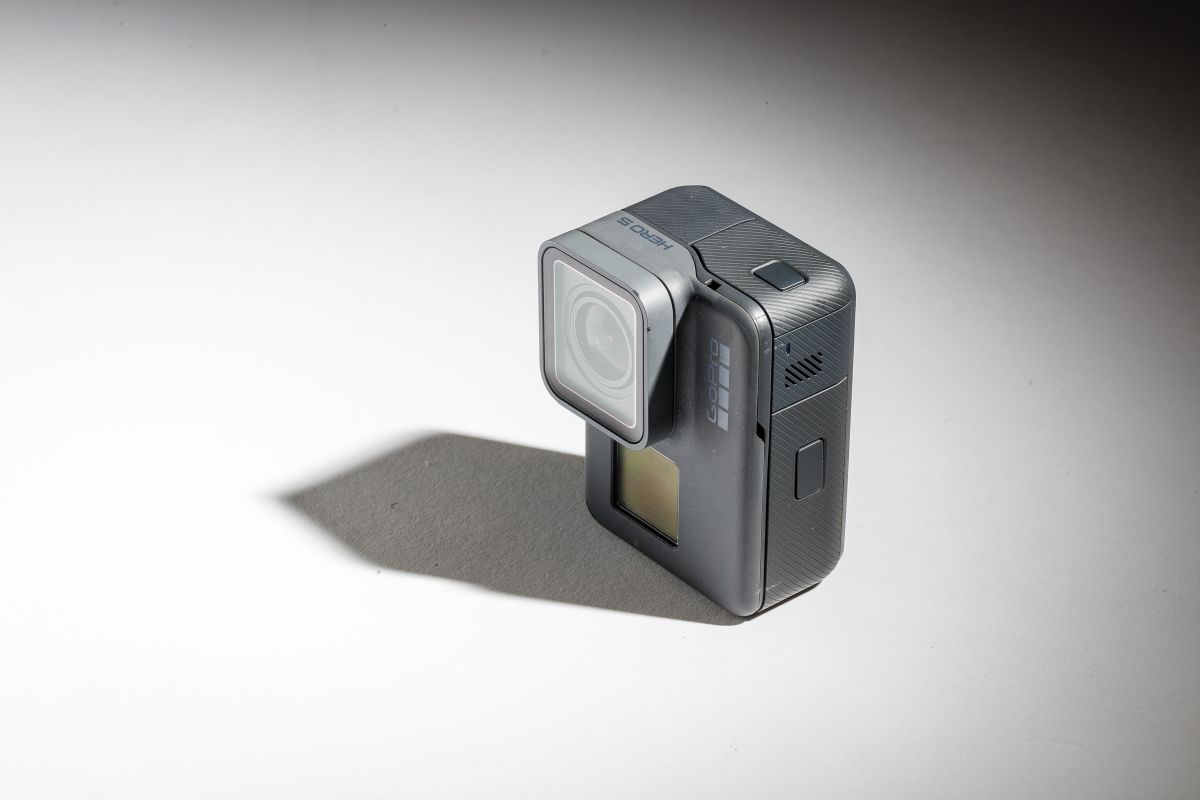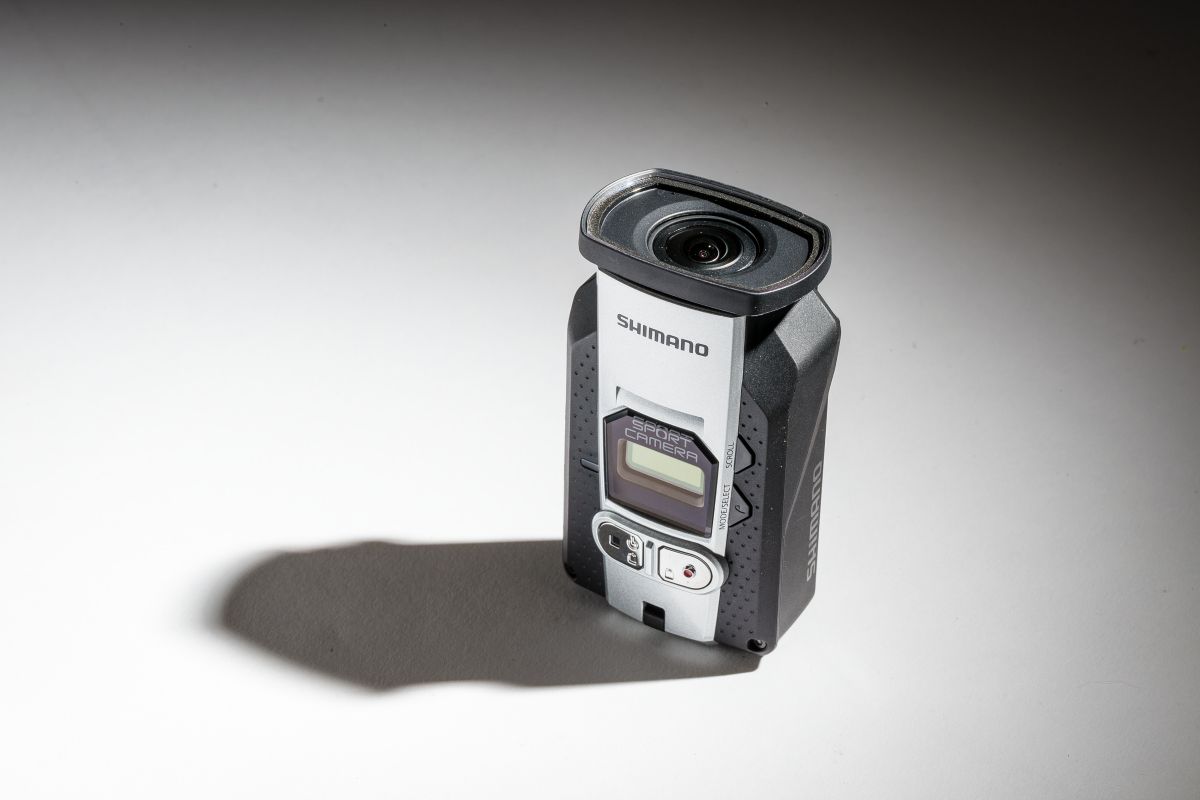Filming made easy with the GoPro Hero5 and Shimano CM-2000
Both the GoPro Hero5 Black and Shimano CM-2000 sport camera have cutting-edge ways for grabbing great images

Call me a Luddite, but I don’t like talking to electronic gizmos. No one needs to hear me asking my phone what the weather is supposed to be tomorrow or what the Beatles’ last album was. But if there is a place for voice control, it’s on an action camera. While the GoPro Hero5 Black ($550) is not overburdened with buttons – one turns it on and toggles modes and another starts or stops recording – voice control is great when you’re on your bike. “GoPro take photo.” “GoPro start recording.” “GoPro stop recording.” “GoPro turn off.” Easy. The voice control let me pay more attention to the road and my surroundings. I didn’t have to worry about or check what mode I had left the camera in. I could just ask the machine to shoot a photo, video, time lapse or burst. Things did get a little silly when I tried to use voice control with the camera mounted on my handlebars. In the wind, I’d have to put my face over the bars to issue my commands. On a flat stretch of road, it looked as if I was trying to do a tuck on a long mountain descent. Not ideal.
The Hero5 Black can shoot video at a resolution of 4K at 30 frames per second (f.p.s.) at the high end or at a 480p at 240 f.p.s. resolution at the low end. It can shoot photos at 12 megapixels. The best balance between video quality and storage space is probably 2.7K at 60 f.p.s.: you’ll have plenty of data if you want to do some fancy editing afterward. If you’re upgrading from an old Hero4 and planning to use your old microSD, be careful. The Hero5 Black moves a lot of data quickly. Older microSD cards just can’t handle the speed and will fail to record the video, especially at 4K resolution. I opted for a Class 10 card with UhS Speed Class 3, which worked perfectly.
Another significant difference between the Hero4 and Hero5 is waterproofing. The old Hero4 relied on external housing to keep out the wet. The Hero5 comes with a similar housing, but it’s just for affixing the camera to a mount. You don’t lose access to the touch screen when the camera is bundled up.
While the GoPro turns to your voice to make taking photos and videos easier, the Shimano CM-2000 sport camera ($460) has a more programmatic method that uses much of the tech that you’re likely riding with. You can connect your smartphone to the camera via Bluetooth and the camera’s WiFi. Then, using the Shimano Sport Camera app, you can link other devices, such as speed and cadence sensors, a power meter, a heart rate monitor and even your Di2 system.
Take heart rate. You can create a recording condition in which the camera starts shooting video once your heart rate reaches 120 b.p.m., for example. The filming will stop once your heartbeats fall below that setting. If you want to record the looks on your fellow riders’ faces as you attack off the front, tying the camera into your power meter is better than your heart rate monitor. As you’ve seen during your interval workouts, power numbers go up almost immediately, while heart rate takes a little longer to climb. If you were using heart rate to record that awesome attack, you’ll probably be too far ahead for the camera to capture the looks of surprise in the group behind.
The highest resolution on the Shimano is 1440p. It also does 1080p, 720p and 480p. For stills, you can do 6 megapixels, a quality good enough for publishing in a magazine.


